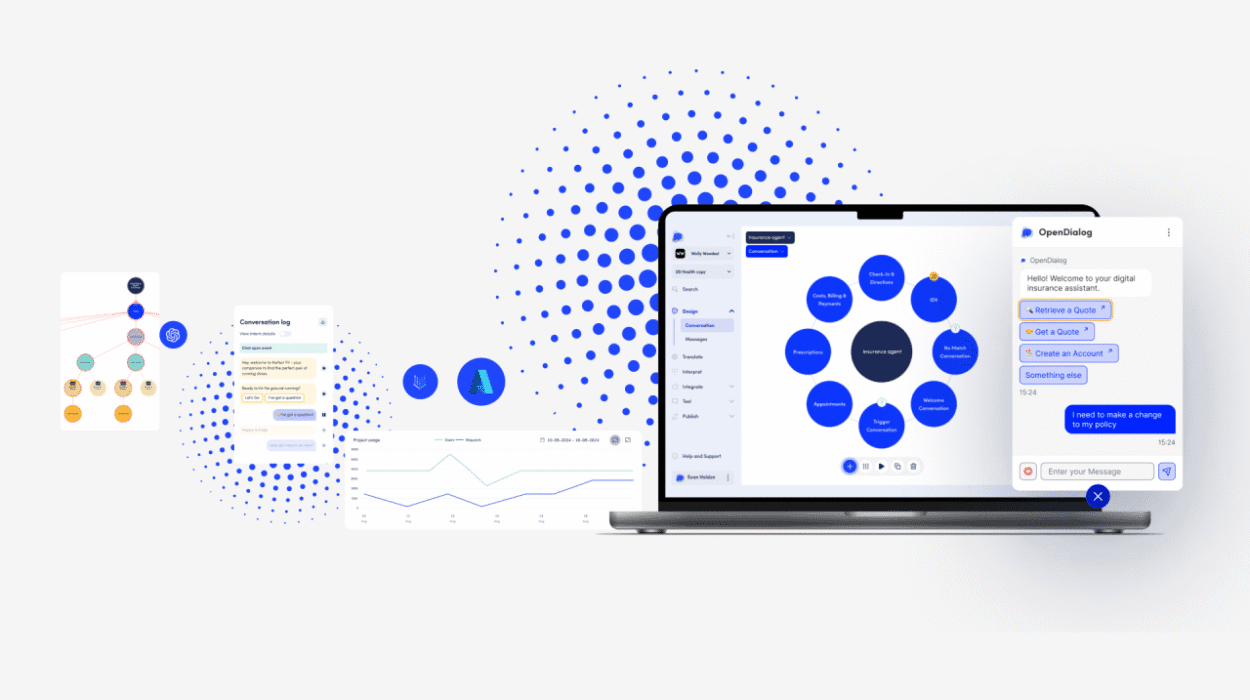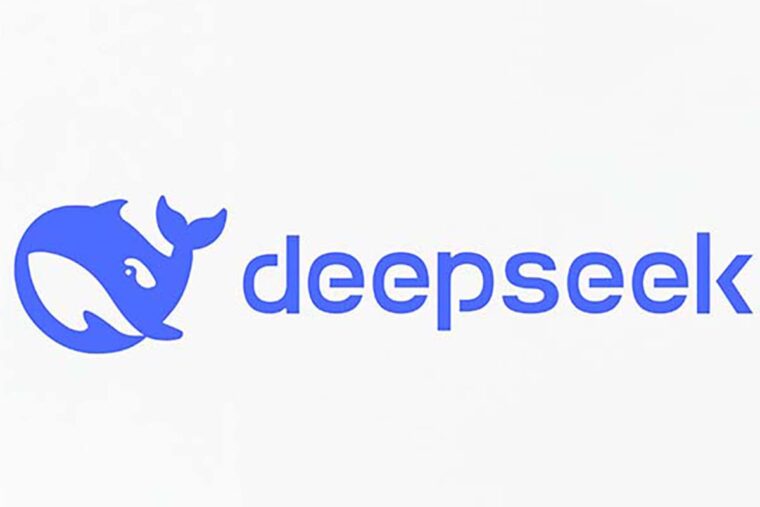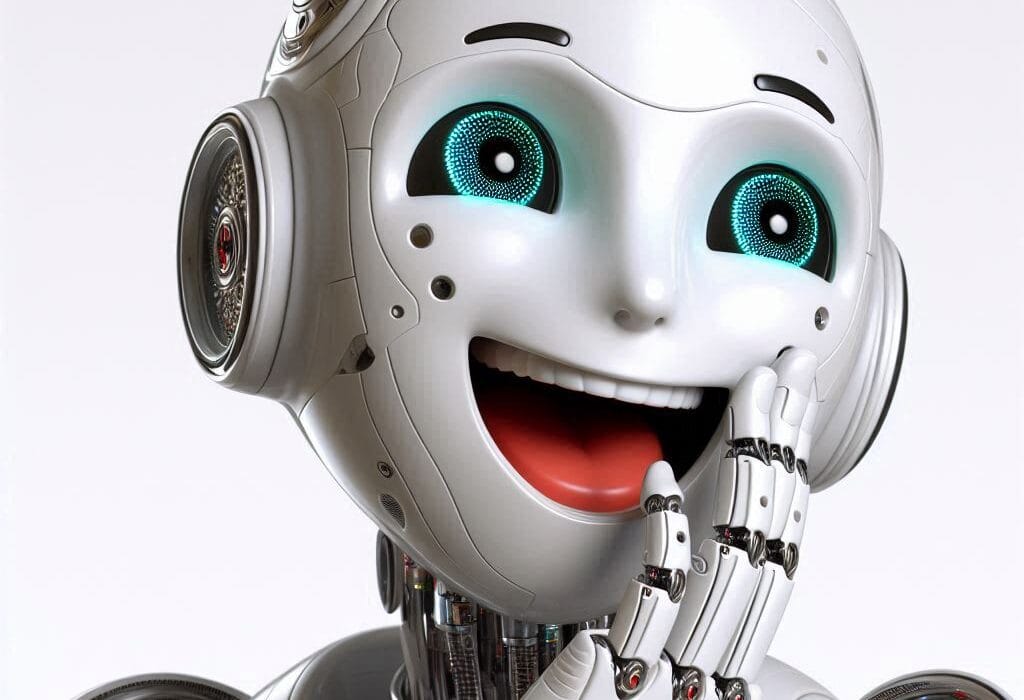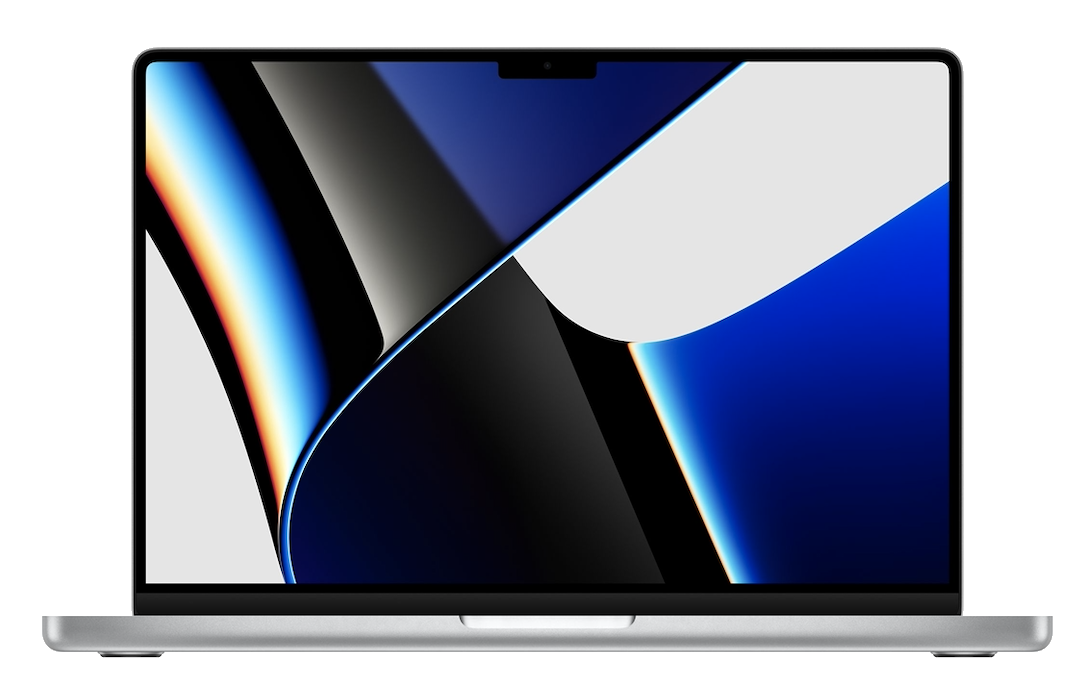In the quiet hum of a trading floor, in the soft glow of a weather station’s computer screens, and in the background servers of tech companies predicting your next online purchase, there exists a silent rhythm: numbers evolving through time. This rhythm — often captured in charts, graphs, and sequences — is what we call a time series.
Time series data is everywhere. The daily closing price of a stock. The hourly temperature in a city. The number of website visitors every minute. Even your heartbeat is a kind of biological time series. Time, as it turns out, doesn’t just pass — it leaves a numerical footprint. And if we can understand the patterns in those footprints, we can predict what might come next.
This is the art and science of time series forecasting: building models that take yesterday’s and today’s data to glimpse into tomorrow.
But forecasting is never magic. It is a careful balance of mathematics, statistics, and human insight — because numbers alone can be deceptive, and the future always holds surprises.
What Makes Time Series Unique
When you first meet time series data, it can seem like any other dataset: rows and columns, numbers and dates. But it carries a unique fingerprint — temporal dependency. The order of observations matters. Shuffle the data randomly, and you lose its meaning.
In a traditional dataset, each observation is independent of the others. But in a time series, yesterday’s value can influence today’s, and today’s value can set the tone for tomorrow. This sequential dependency introduces challenges and opportunities that other forms of analysis rarely face.
Time series data also often contains trends, seasonality, and random fluctuations. Trends represent long-term changes, such as steady growth in global internet users. Seasonality is the repeating pattern, like retail sales spiking every December. Random fluctuations — the noise — are the unpredictable elements that models struggle to capture.
Understanding these components is the first step in building accurate forecasts. You don’t just throw a time series into an algorithm; you first listen to its rhythm.
The Historical Evolution of Forecasting Methods
Time series forecasting has deep historical roots. Long before computers, people were making predictions using patterns they observed over time. Ancient farmers noted the cycles of the moon and the seasons to anticipate harvest times. Merchants tracked the ebb and flow of trade winds for navigation.
In the 20th century, as statistical theory matured, forecasting moved from intuition to mathematical rigor. The work of statisticians like George Box and Gwilym Jenkins introduced structured models that could handle complex patterns in data. Their development of the ARIMA framework revolutionized time series analysis, providing a systematic approach to modeling trends, seasonality, and autocorrelation.
Later, with the rise of computing power, more advanced methods emerged. Techniques like exponential smoothing became popular for their simplicity and effectiveness. By the late 20th century, the rise of machine learning opened a new chapter — one where algorithms could learn from massive datasets, uncover nonlinear relationships, and adapt in real time.
Understanding the Building Blocks of Forecasting
Before diving into specific methods, it’s crucial to understand what we are trying to capture in a forecast. Every time series carries a mix of:
- Trend: The long-term direction of the data. This might be upward (increasing temperatures over decades) or downward (declining landline phone subscriptions).
- Seasonality: Regular, predictable patterns that repeat at fixed intervals. Examples include daily commuting patterns or quarterly financial cycles.
- Cyclic patterns: Longer-term fluctuations that are not strictly seasonal but influenced by broader cycles, such as economic booms and busts.
- Irregularity (noise): The unpredictable component that makes forecasting imperfect.
An accurate forecasting method needs to separate these components, model them effectively, and then recombine them to predict the future.
Classical Statistical Approaches
In the early days of modern forecasting, statistical models dominated. They were favored for their interpretability, solid mathematical foundations, and relatively low computational demands.
One of the most enduring approaches is ARIMA (AutoRegressive Integrated Moving Average). It works by combining three ideas: autoregression (using past values to predict the future), integration (differencing the data to remove trends), and moving averages (modeling the relationship between observations and residual errors). When seasonality is present, SARIMA — Seasonal ARIMA — extends the model to account for periodic patterns.
Another classic method is exponential smoothing, where recent observations are given more weight than older ones, allowing the model to adapt quickly to changes. Variants like Holt-Winters exponential smoothing can handle both trends and seasonality, making them a staple in industries from supply chain management to energy demand forecasting.
These methods work best when the time series behaves in a relatively stable way — when the past is a good guide to the future. But they can falter in the face of sudden changes, nonlinear relationships, or massive data complexity.
The Rise of Machine Learning in Forecasting
The explosion of data in the 21st century, combined with advances in computing power, brought machine learning to the forefront of forecasting. Unlike traditional statistical models, machine learning can capture nonlinear relationships, integrate diverse data sources, and adapt dynamically to new patterns.
Decision tree–based algorithms like XGBoost, LightGBM, and Random Forests have been used to forecast sales, predict electricity demand, and anticipate traffic congestion. These models can combine time series data with other variables — like weather conditions, marketing campaigns, or holidays — to improve accuracy.
More recently, deep learning has made a dramatic impact. Recurrent Neural Networks (RNNs), especially Long Short-Term Memory (LSTM) networks, excel at handling sequential dependencies. They can “remember” patterns over long stretches of time and adapt to irregular intervals in data. Temporal Convolutional Networks (TCNs) and Transformers (adapted from natural language processing) are also gaining ground, offering high accuracy in complex forecasting tasks.
These methods are computationally intensive, require significant data preprocessing, and often act as black boxes — delivering predictions without easy interpretability. Yet their performance, especially for complex or high-frequency datasets, can be unmatched.
The Challenge of Accuracy
Forecasting accuracy is not just an academic exercise. In real-world applications, even small errors can mean millions of dollars gained or lost. An inaccurate energy demand forecast can cause power shortages or costly overproduction. A flawed stock price forecast can lead to disastrous investment decisions.
Accuracy depends on several factors:
- The quality and quantity of historical data.
- How well the model captures the true underlying patterns.
- The handling of external shocks — like pandemics, sudden market crashes, or technological disruptions.
Measuring accuracy is a science in itself, with metrics like Mean Absolute Error (MAE), Root Mean Squared Error (RMSE), and Mean Absolute Percentage Error (MAPE) providing different perspectives on performance.
But numbers alone don’t tell the full story. A forecast that’s generally accurate but fails catastrophically in extreme situations can be more dangerous than a consistently mediocre one. The true measure of a forecasting system is not just average accuracy, but resilience in the face of the unexpected.
The Human Element in Forecasting
No matter how sophisticated the model, forecasting always involves human judgment. Analysts decide which variables to include, how to preprocess data, when to retrain models, and how to interpret outputs.
In many industries, forecasts are used as guides, not absolute truths. A weather forecast may predict rain with 80% probability — but whether to cancel an outdoor event depends on the risk tolerance of the organizers. In finance, a forecast may indicate a probable rise in stock prices, but portfolio managers must weigh that against geopolitical uncertainties or sudden shifts in investor sentiment.
Humans also bring creativity to forecasting. They can incorporate qualitative insights — like emerging trends, changing regulations, or cultural shifts — that a purely data-driven model might miss.
Forecasting in the Real World
In retail, time series forecasting drives inventory decisions. Predict too low, and shelves are empty; predict too high, and warehouses overflow.
In healthcare, patient admission forecasts help hospitals allocate staff and resources, ensuring care without waste.
In transportation, traffic flow predictions reduce congestion, save fuel, and lower emissions.
In climate science, forecasting models guide policy decisions, from preparing for extreme weather events to managing long-term resource planning.
Each of these applications faces unique challenges, but they share a common truth: the better the forecast, the better the decisions.
The Future of Time Series Forecasting
Looking ahead, the future of time series forecasting will likely be shaped by three forces:
First, hybrid models — combining the interpretability of classical statistical methods with the power of machine learning — are becoming increasingly common. These models can capture both linear and nonlinear patterns, offering a best-of-both-worlds approach.
Second, real-time forecasting will grow in importance. As sensors, IoT devices, and streaming data become ubiquitous, models will need to adapt instantly to new information.
Third, explainable AI will become a priority. Decision-makers often need to understand why a forecast looks the way it does, especially in high-stakes fields like healthcare and finance. Efforts to make complex models more transparent will be key to building trust and adoption.
In the end, forecasting will never be perfect — the future is inherently uncertain. But the better we can listen to the rhythm of the past, the more skillfully we can anticipate the beat of what’s to come.






